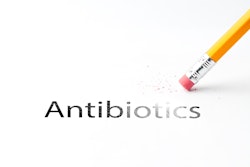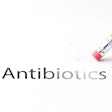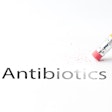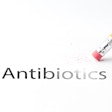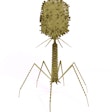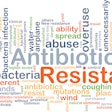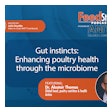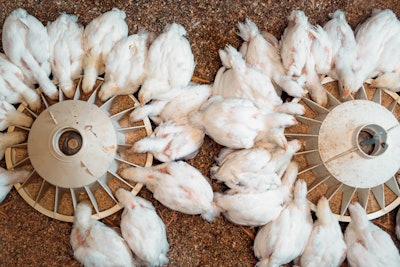
The poultry industry needs to improve its communication when it comes to antimicrobial stewardship.
Poultry producers are doing the work, explained Food Forward LLC consultant Michelle Kromm at the 2024 Delmarva Chicken Association meeting held September 30 to October 2, 2024, but they're not effectively telling the story of what they do every day to prevent antibiotic use.
"We have come to think of antimicrobial use and antimicrobial stewardship as being able to replace each other. This is problematic for the industry," Kromm stated.
Much of the industry defines antimicrobial use as the weight of antimicrobials used divided by the weight of animals or protein produced.
This definition is oversimplified, as variables such as changes in bird numbers, age at processing, slaughter weights even the type of antimicrobial used can affect the ratio. However, none of these variables necessarily reflect better or worse stewardship practices.
The prevention story can improve transparency
According to Kromm, the stewardship definition should include the daily practices producers implement to maintain bird health without antimicrobials, including comprehensive diagnostic programs, supportive healthcare protocols, vaccine programs, biosecurity measures, veterinary oversight and management practices.
"It is important that we bring in these additional data points, because they will put use into context," she noted.
Producers are investing time, effort and money into production that improves antimicrobial prevention, but these investments do not often appear in public discussions about stewardship.
This gap prevents consumers from seeing the full scope of the industry's commitment to responsible production practices.
An opportunity for producers to reshape consumer perception
Kromm sees a significant opportunity for poultry producers to reshape the antimicrobial conversation by proactively sharing their prevention strategies and decision-making processes.
"I don't think that poultry companies take enough credit for the amount of research that happens on the farm," Kromm stated.
For an industry that has made significant strides in reducing antimicrobial use while maintaining bird health and welfare, the opportunity is clear, Kromm explained.
Producers should move away from a single, metric stewardship definition and start telling the complete story of prevention, care and continuous improvement that is happening in modern poultry production.
The question isn't whether the poultry industry practices good antimicrobial stewardship, Kromm added, it's whether producers will properly define, measure and communicate stewardship to a marketplace that is increasingly demanding transparency and accountability in food production.


